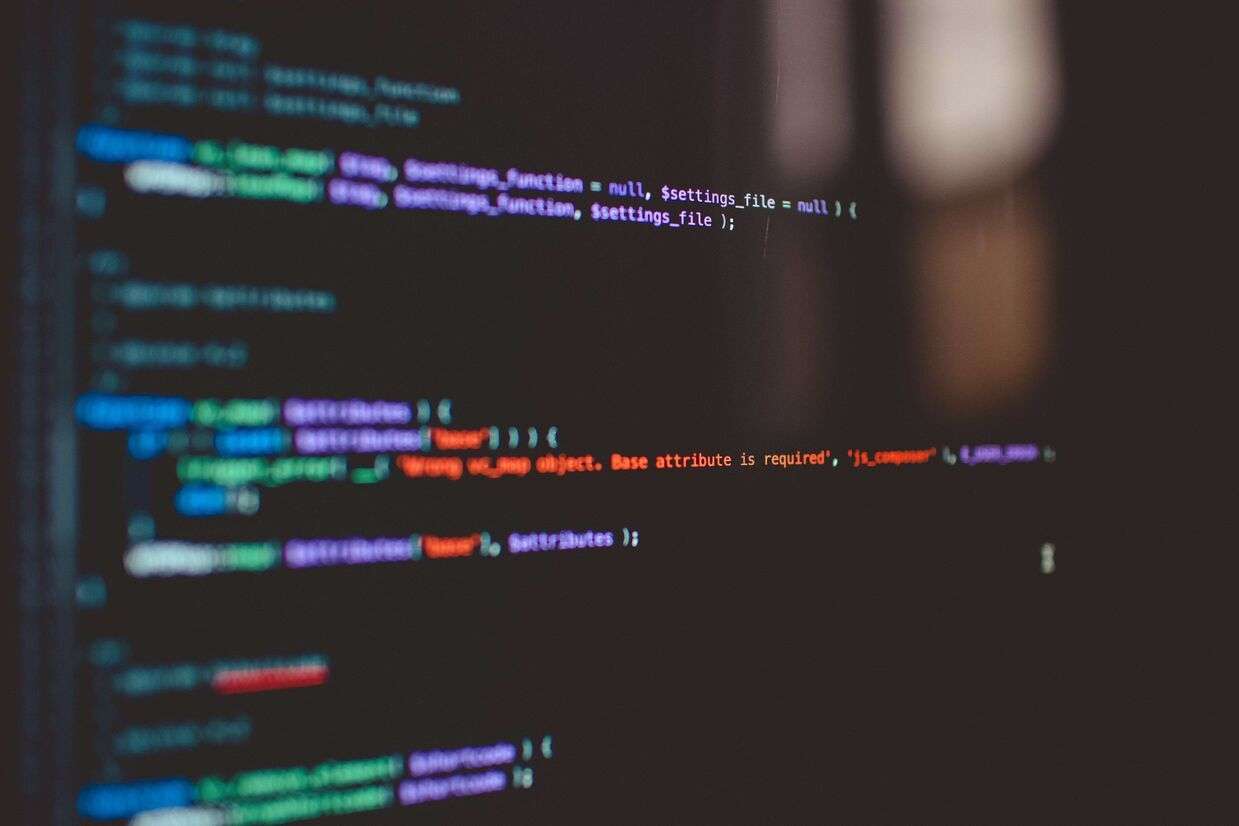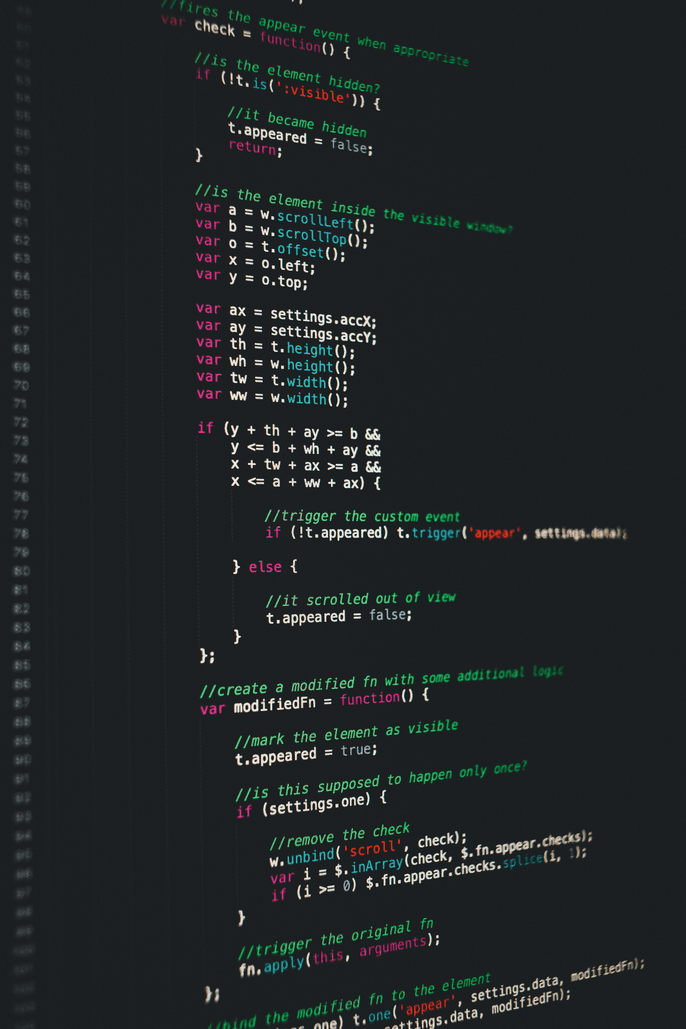
Laravel, a widely popular PHP framework, has consistently adapted to the ever-changing landscape of web development. With its rich ecosystem and strong community support, Laravel has cemented its position as a leading framework for building powerful and versatile applications. As we look ahead to the future of PHP development, it’s evident that Laravel will remain at the forefront of innovation. In this article, we explore the emerging trends in Laravel, how they align with modern web development, and what developers can expect in the coming years.
Embracing Serverless Architectures with Laravel Vapor
One of the most exciting advancements in Laravel is its seamless integration with serverless architectures, made possible by Laravel Vapor. Vapor, developed by the Laravel team, is an auto-scaling, serverless deployment platform powered by AWS Lambda. It allows developers to deploy Laravel applications without managing servers, infrastructure, or scaling challenges.
Vapor simplifies application deployment by enabling automatic scaling, which adjusts to traffic fluctuations without manual intervention. This is especially beneficial for applications with variable traffic, as Vapor ensures resources are allocated dynamically.
Key benefits of serverless architecture include:
- Automatic scaling: Vapor handles traffic spikes without requiring developer input.
- Cost efficiency: Businesses only pay for the actual compute time their applications use, making it a budget-friendly option.
- Reduced maintenance: No need to manage server updates, patches, or infrastructure, allowing developers to focus solely on writing code.
As serverless solutions gain traction, Laravel Vapor is paving the way for scalable, high-performance applications with minimal operational overhead. This shift toward serverless architectures will be a defining trend in Laravel’s future.
Microservices Architecture and Laravel’s Role
Microservices—where applications are broken down into small, independent services—are becoming more prevalent. While Laravel is traditionally monolithic, its features are increasingly supporting microservices architecture.
Laravel’s API capabilities, queue system, event broadcasting, and job processing make it well-suited for building microservices that are lightweight and independently deployable. For developers seeking high performance and flexibility, Laravel’s ecosystem offers solutions like Lumen, a streamlined version of Laravel optimized for building APIs and microservices.
The growing shift to microservices reflects a broader movement toward scalable, flexible, and maintainable application architectures. With Laravel and Lumen, developers can embrace this trend with ease.
Real-Time Web Applications with Laravel
The demand for real-time web applications—where users expect instant updates and interactions—continues to rise. Laravel addresses this need with tools like Laravel Echo, which simplifies WebSocket integration for real-time event broadcasting. Features such as live notifications, messaging systems, and collaborative tools can be implemented using Echo, allowing for real-time interactions without the need to refresh pages or poll servers constantly.
Laravel’s support for real-time applications positions it as a top choice for developers building responsive, interactive user experiences. This trend is expected to grow as more businesses recognize the value of real-time engagement in modern applications.
Leveraging PHP 8 and Beyond
Laravel stays aligned with the latest advancements in PHP, ensuring that developers can leverage new features to build faster, more efficient applications. The release of PHP 8 introduced several performance and functionality improvements, including Just-In-Time (JIT) compilation, match expressions, and enhanced type safety, all of which contribute to faster, more reliable Laravel applications.
As PHP continues to evolve, Laravel will remain one of the most compatible frameworks, offering developers the ability to build applications that are secure, maintainable, and future-proof.
Focus on Developer Experience and Productivity
One of Laravel’s greatest strengths is its commitment to improving the developer experience. With an elegant syntax, clear documentation, and a wide array of tools, Laravel has become known for its developer-friendly approach.
- Laravel Sail: A lightweight command-line interface that simplifies the setup of local development environments using Docker, making it easier for developers to start coding quickly.
- Enhanced Testing: Laravel continues to improve its testing tools. Laravel 9 introduced parallel testing, allowing tests to run concurrently, reducing testing time and improving efficiency.
Laravel’s emphasis on developer experience not only boosts productivity but also reduces the learning curve, making it easier for new developers to join the Laravel ecosystem.
API-First Development and GraphQL
As more applications prioritize APIs, Laravel has evolved to support API-first development practices. Tools like Laravel Sanctum simplify API token management, and API Resources allow for clean, structured JSON responses. Laravel has also embraced GraphQL through packages like Laravel Lighthouse, enabling developers to build more efficient APIs by allowing clients to request only the data they need.
API-driven applications, especially in mobile and microservice architectures, will continue to be a major trend, with Laravel offering robust support for developers building API-first platforms.
Continuous Innovation in the Laravel Ecosystem
The Laravel ecosystem continues to expand, offering a suite of tools that further streamline development. Key tools include:
- Nova: For building administration panels.
- Horizon: For managing queues.
- Spark: For SaaS application scaffolding.
This vibrant ecosystem, combined with Laravel’s commitment to modern web development practices, ensures that the framework remains highly relevant. Laravel’s active community, which consistently contributes to its growth through open-source packages, educational content, and core updates, also plays a significant role in its ongoing success.
Conclusion: Laravel’s Future in PHP Development
Laravel is more than just a PHP framework; it’s a thriving ecosystem that empowers developers to build scalable, high-performance applications with ease. As trends like serverless architecture, microservices, real-time applications, and API-first development continue to shape the web development landscape, Laravel is evolving to meet these demands.
With its focus on innovation, developer experience, and a growing community, Laravel is positioned to remain a leading force in modern PHP development. For developers looking to build robust, future-proof applications, Laravel will continue to be a framework of choice for years to come.



